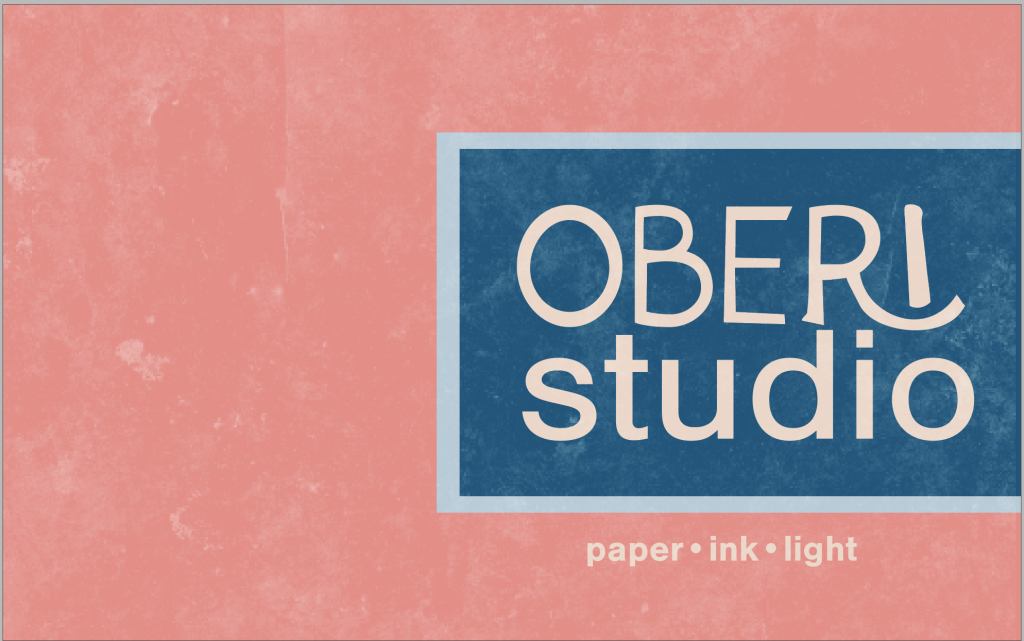Guest lecture with Stuart Tolley, featuring Emma Harverson and Lucy Warburton from White Lion Publishing
Guest lecture with Stuart Tolley and Hamish Makgill
Have a purpose, have a goal.
Focus on client relationships
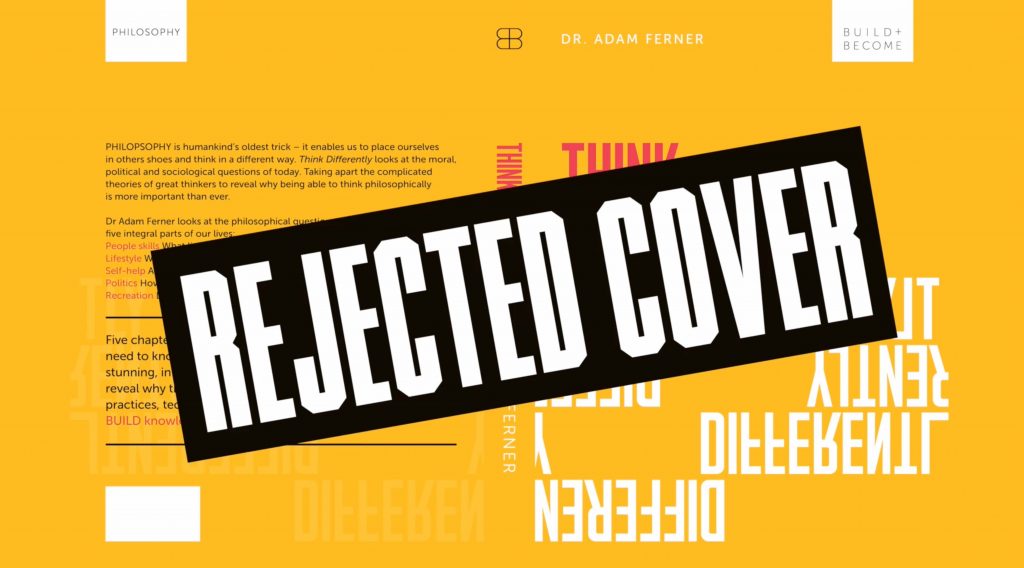
Communication is the key to good design. If a design doesn’t communicate its intention it fails as a design, regardless of how technically accomplished or beautiful it is. This starts on the most basic level, with communication between a designer and a client. Stuart Tolley, Emma Harverson and Lucy Warburton‘s conversation brought home how important collaboration and communication are. A designer should be involved and developing that relationship with a project as well as with the clients. I also greatly appreciated the snapshots of rejected covers throughout the lecture – you normally only see a final, polished, finished piece of work presented to the world. Seeing the development process and how the project moved and changed was fascinating. It is also worth noting that work can be very good, but just not right for a specific point or purpose. I feel that working collaboratively increases the chance that your first instinct will be challenged and that this is where growth and innovation occur. Warburton mentioned how she appreciated the enthusiasm Tolley had for the project, and this can be the difference between a success or a failure.
Working on a project that you have no enthusiasm for, or no respect for your client is not going to lead to good work! The opposite is also true, we need to be looking for clients that respect us and who are willing to engage with the design process. A good client relationship, enthusiasm for the project, and a willingness to collaborate will result in work that is more than the sum of its parts. In my own practice I generally have a direct line to the client, without an account manager or supervisor as an intermediary. This leads to a good rapport and an understanding of the project at a deep level. When I think of clients that are less pleasant to work with, it does always boil down to bad communication. A client not being clear with what they want, or not understanding the designer‘s role can lead to difficulties.
I thought Chris Do’s point about “educating” clients was interesting. I wouldn’t say that I need to “educate” clients in an overweening way, but do find myself needing to explain production guidelines or limits quite often. Do’s stance that we need to put the “artists persona” aside and work for the client is a bit challenging. My work straddles the divide of small service based jobs and longer more creative projects, so it is vital to judge which projects have room for development and collaboration, and which need to just be finished quickly and professionally. My personal taste may be not always be served, but my role is to find out what the client actually needs, not what they think they need, and not what I think they need.
This requires more time and effort than just mindlessly recreating what they’ve asked for or rushing in with what I prefer in an arrogant manner. I think there is a more nuanced way of working that serves both needs. By working past and through the obvious you often hit on a more effective solution that both client and designer are happy with.
Good communication is also necessary throughout the process. One thing I have found challenging about working from home during lockdown is the inability to check on my jobs once they have entered the production queue. I am used to being able to shepherd a job through the entire cycle, from preliminary client meeting, to the design process and through to proofing and mockups. Once a job has been signed off, I can still see it on press and work with the printers on colour, all the way to the finishing department. I can also tell a client what state the job has reached and give them an accurate ETA, and being cut off from this side of things has been difficult.
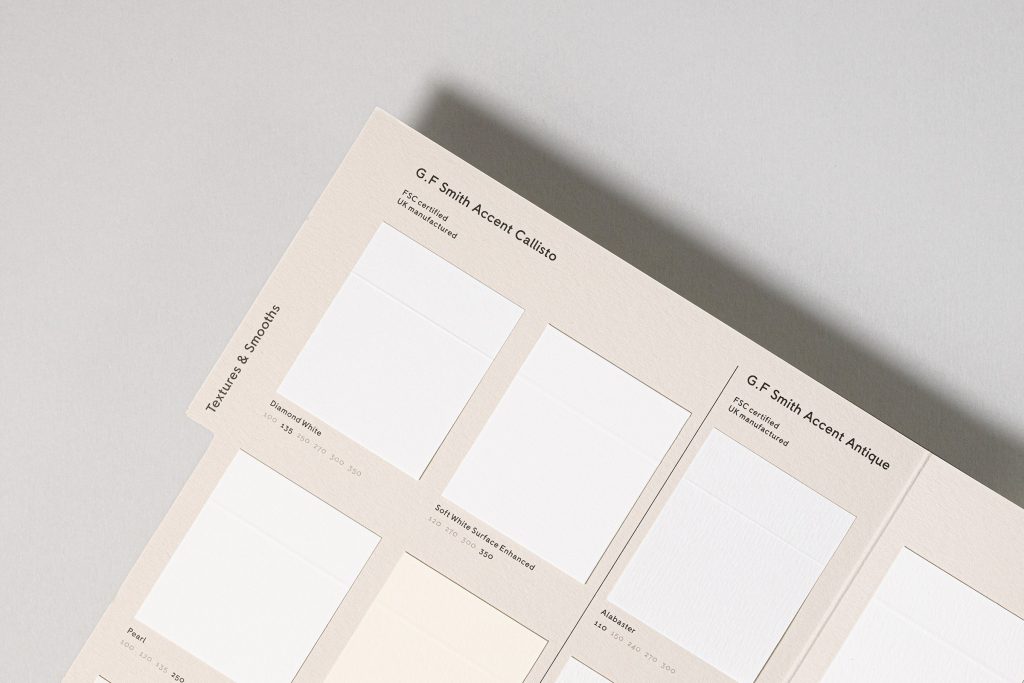
I also enjoyed the lecture with Hamish Makgill a great deal. It is always nice to come across something you’ve long admired in a new context, and it was gratifying to find out he is behind G.F. Smith’s lovely paper samples. I have access to a great number of paper samples, and G.F. Smith’s have always been my favourite. Rather than a boring swatch book, they are extremely well considered with great care paid to production values. Always complementing, but never drowning out the quality and focus on the paper itself. I was not surprised that his driving philosophy is “beautifully simple” and it shows in his work wonderfully. I have a tendency to overcomplicate, or get overwhelmed with possibility and I could do with “beautifully simple” in my own work or entire life for that matter.
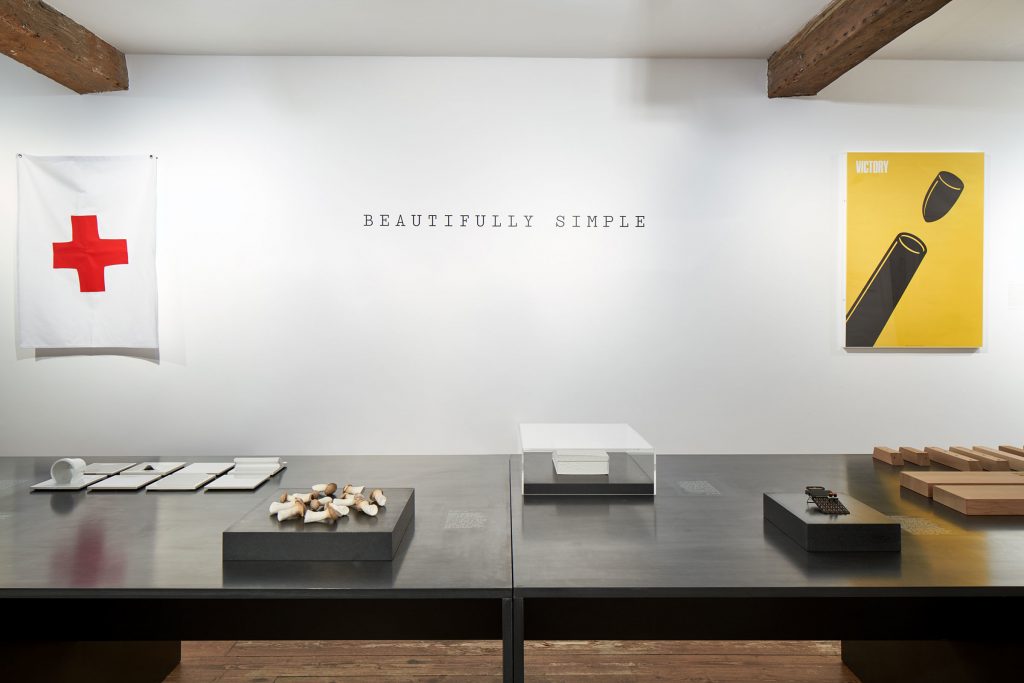
Workshop challenge
How do you write a client facing strategic document for the purpose of a new business challenge?
While wrestling with this challenge I kept going in circles. I knew I didn’t want to set up as a freelance designer or traditional one woman band, but my ambitious idea of a maker space kept expanding and retracting. Did I want to have a small studio space that I occasionally would let other people to use? Did I want to jump right into a larger space focusing on the community aspects while offering full design services as well? I still can’t decide! A tutorial with Harriet was useful in organising my thoughts, and when I told her I did not want to do logo design and branding she mentioned that she has a friend who makes a career out of designing corporate reports. This is an interesting avenue to pursue – maybe I have been too narrow in my thinking about what a small studio needs to offer?
I seem to have two main options for the project-
- Set up a graphic design studio with a partner, and offer bookable studio space to the community a few times a week as well as workshops and small run commercial printing services.
- Create a Community Interest Company or a Co-operative and focus on the community maker space aspect, while offering design help as a side option
I still couldn’t make my mind up, but I went back to the quick logo I’d put together for week 2’s task. I had chosen “Oberi” for my name, a Cornish word meaning “work” “create”, and the base of “co-operate”. I wanted something that was a bit hand crafted, and given enough time I’d be interested in carving a wood block or linocut to take impressions from.
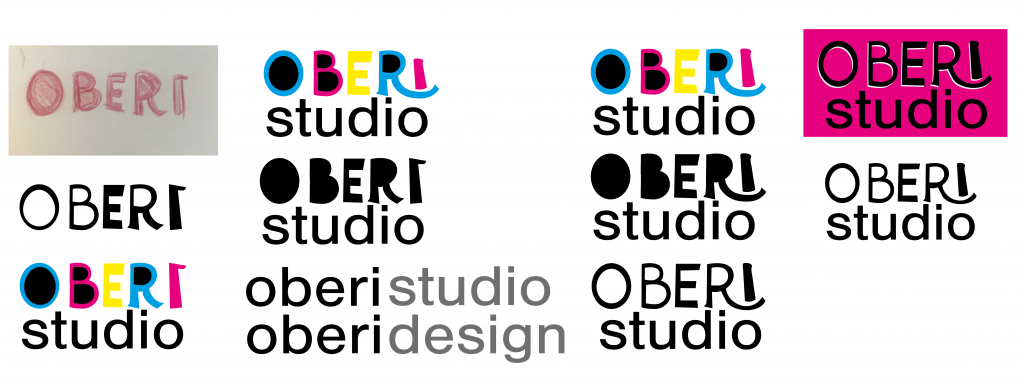
The line weights were too heavy on the “E” and the “I” so I went back to tweak them. For a real logo this would need more development, but in the interest of time I stopped here.

Reflection
This went far better than I had feared. By focussing on a purely speculative idea rather than feel pressure to set up a personal practice I was free to engage with the subject in a more thoughtful manner. I also was able to clearly define what I do not want a professional practice to include, rather than go down the traditional lines of what is expected of a “graphic designer”. I am free to define my practice, and feel I’ve landed on a strong idea that could be developed into a functional business.
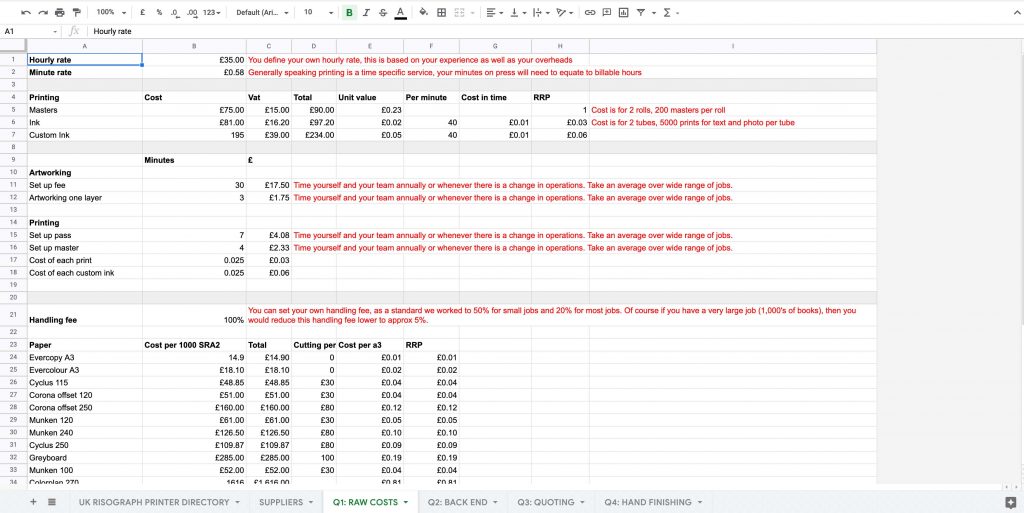
Edit: Hato Press have recently shut down, and have published a spreadsheet with cost breakdowns for paper types and risograph costs as well as costings tools and a quote builder. This is a fantastic resource and it is good to see that I was not far off in my figures. It is also important to build flexibility into your system, as paper costing can be incredibly volatile.
References
BENCH ACCOUNTING. 2015. Person Holding Cardboard Box on Table. Unsplash.com. Unsplash. Available at: https://unsplash.com/photos/MGaFENpDCsw [accessed 19 Aug 2021].
“Business Planning: Part One.” 2021. AIGA [online]. Available at: https://www.aiga.org/resources/business-planning-part-one [accessed 11 Jul 2021].
“Business Planning: Part Two.” 2021. AIGA [online]. Available at: https://www.aiga.org/resources/business-planning-part-two [accessed 11 Jul 2021].
CORNWALL COUNCIL. 2013. “Economy and Culture Strategy.” [online]. Available at: https://www.cornwallhousing.org.uk/media/3624007/Economy-and-Culture-Strategy-Evidence-Base.pdf.
GOVERNMENT DIGITAL SERVICE. 2012. “Setting up a Social Enterprise.” GOV.UK [online]. Available at: https://www.gov.uk/set-up-a-social-enterprise [accessed 6 Jul 2021].
HARVERSON, E., TOLLEY, S., WARBURTON, L. 2021. Week 4a [lecture]. GDE710 for MA Graphic Design. Falmouth: Falmouth University 2020 [Accessed 20 June 2021]
LITVIN, Angelina. 2015. Carver at Work. Unsplash.com. Unsplash. Available at: https://unsplash.com/photos/S6wHfOpdGkY [accessed 19 Aug 2021].
MAKGILL, H., TOLLEY, S. 2021. Week 4b [lecture]. GDE710 for MA Graphic Design. Falmouth: Falmouth University 2020 [Accessed 20 June 2021]
MINKUS. 2021. 3D Printer. Unsplash.com. Unsplash. Available at: https://unsplash.com/photos/aCniNTiIFd8 [accessed 19 Aug 2021].
OPT LASERS. 2021. Purple and White Led Light. Unsplash.com. Unsplash. Available at: https://unsplash.com/photos/KshEaH06rV8 [accessed 19 Aug 2021].
THE FUTUR. 2015. “The Client Is Not Your Enemy: Redefining Your Client Relationship.” YouTube. Available at: https://www.youtube.com/watch?v=k22HKpzDMg4 [accessed 6 Jun 2021].
TREWHELLA, Lorri. 2021. Photos from Personal Collection.
“UK Salary Calculator 2021/2022 | Breakdown of Employer Costs.” 2021. PC Payroll [online]. Available at: https://www.pcpayroll.co.uk/uk-salary-calculator/ [accessed 11 Jul 2021].
UNGSON, Hillary. 2018. Woman Sitting on Chair Holding Leaf. Unsplash.com. Unsplash. Available at: https://unsplash.com/photos/TdpSX7XAcKo [accessed 19 Aug 2021].
